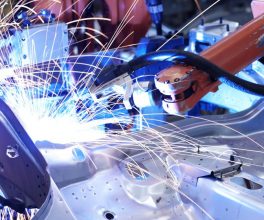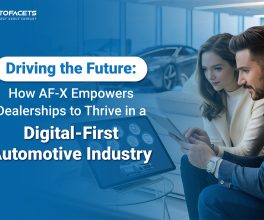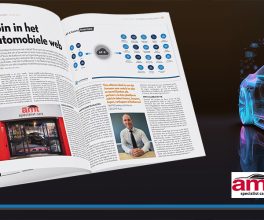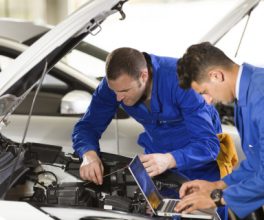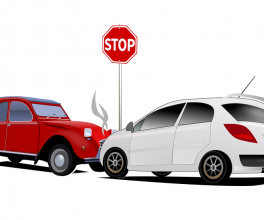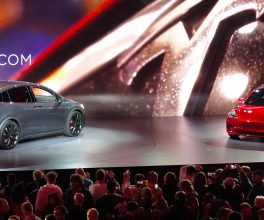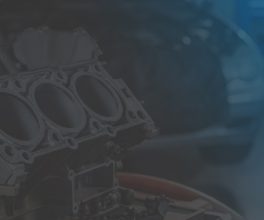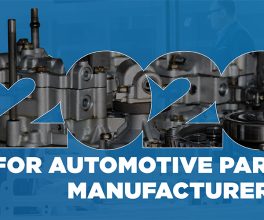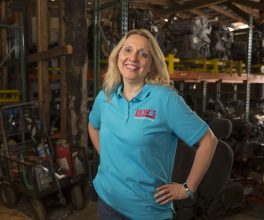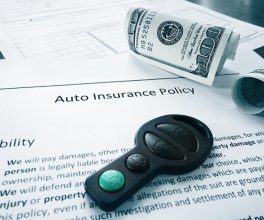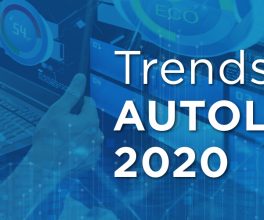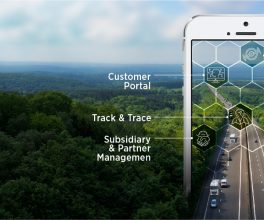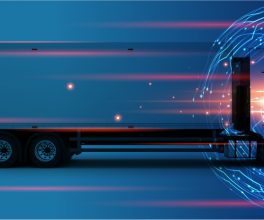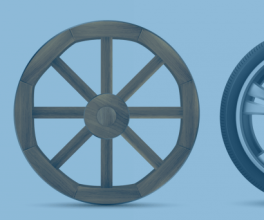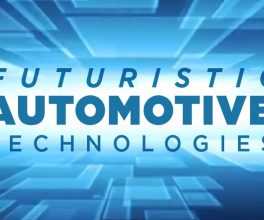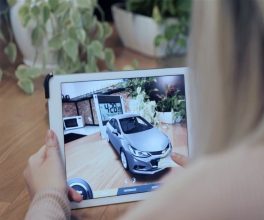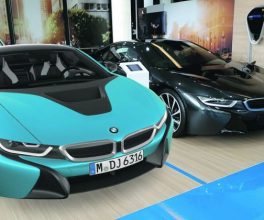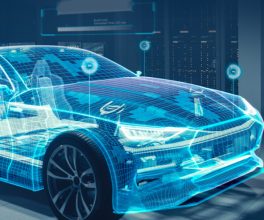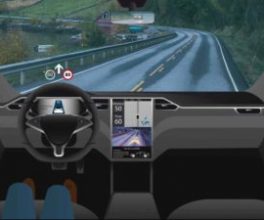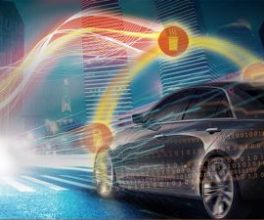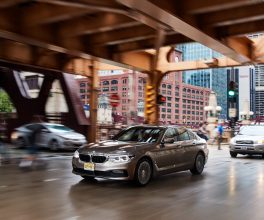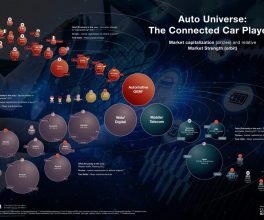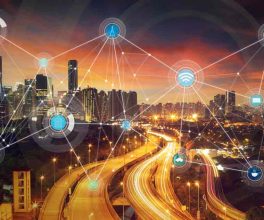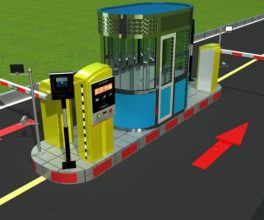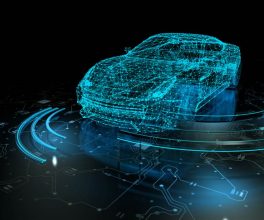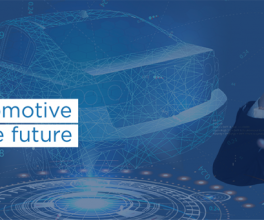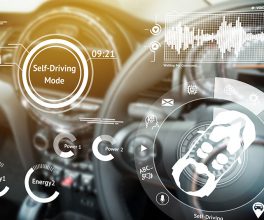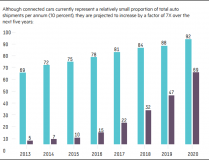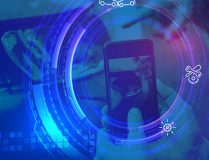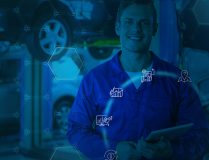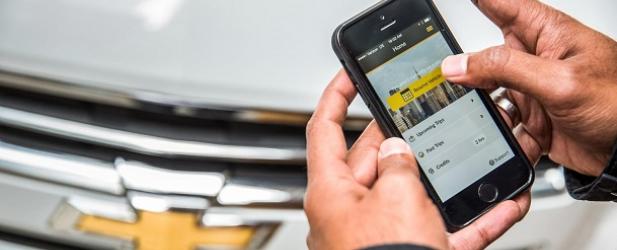Connected cars are just the beginning of an exciting journey for OEMs, General Motor’s Kurt Hoppe told Louis Bedigian.
The future of mobility is changing drastically thanks to a wide variety of new and innovative technologies. From cameras and sensors for autonomous driving to connectivity and the IoT, the cars of tomorrow are likely to be very different from those available today.
“Everything is getting connected,” said Kurt Hoppe, global head of connected car innovation at General Motors. “It started off with routers and PCs and has gone to every device.” There are many ways for the technology to be used but Hoppe said that manufacturers are especially intrigued by the insights that connectivity provides for each device, whether it’s a car, a phone or something else entirely. In simple terms, automakers could, feasibly, collect new data to determine which features are being used most and adjust or discard those that are being ignored.
Hoppe added: “It helps influence the roadmap and what’s really important but then it also enables you, with that sustained connectivity, to build and deliver value-added services on top of it. Because it’s software, it doesn’t have the same level of investment or timeline that’s necessary that might constrain or slow down innovation. You can build them as you learn with software. If it’s not the best, you can try something else an hour later and you don’t have to re-set up an assembly line for that.”
That’s just the beginning. As cars become more like the devices developed by Apple and Google, automakers could deliver new innovations and vehicle iterations faster than normal development cycles currently allow. In time, automakers might even begin to create their own software operating systems.
Said Hoppe: “The leading companies that have the resources to invest in differentiation are going to want to differentiate. As opposed to maybe the Tier 2, Tier 3 manufacturers, who are happy with the same user experience, the same operating system as the other manufacturers with a different colour or logo. I think the leading companies realise they need to differentiate.”
Automakers may also benefit by looking at the success and failure of other connected devices. Hoppe, an electronics industry veteran who helped launch smart televisions at LG, quickly learned that while consumers want thousands of apps for their phones, they only care about a few (Netflix, Hulu, Amazon Instant Video, etc.) on TV. This lesson could be applicable to automobiles – they may be connected but that doesn’t mean they’re smartphones on wheels.
Searching for innovation
The auto industry used to be known for having a closed off, do-it-yourself attitude but that has changed over the last few years. Ford, BMW, Daimler and Audi are among the automakers that are investing in other companies to bolster their cars and the services they provide. In 2016 General Motors announced that it had acquired Cruise Automation, a start-up working to transform traditional cars into self-driving vehicles using aftermarket hardware. Additional partnerships and/or acquisitions could be around the corner.
“We’re open to partnerships, whether it’s tactical or strategic,” said Hoppe. “We have a GM Ventures arm, which makes strategic investments into key partnerships along the way that help our business. We have an M&A group as well that will acquire companies as it makes sense. We have an office in Palo Alto in Silicon Valley for sourcing ideas and a community tech location in Waterloo, Canada, that’s also open for innovative activity and partnerships.”
While there are a number of start-ups that have developed compelling concepts, Hoppe is most interested in those that have the capacity to fully execute on their ideas. He added: “A classic start-up problem is they try to do too much and they bite off more than they can chew or they don’t have enough focus and that doesn’t end well for anyone. When I have a first meeting with a start-up or potential partner, we talk about, ‘Six months from now when we announce something at the Consumer Electronics Show together, what’s the headline?’ And try to focus everyone on what would be the win-win and see if we can do that together.”
Getting connected
There’s a lot of hype surrounding connectivity, particularly in automotive. Hoppe said that all of his colleagues in the consumer electronics industry are eager to get into connected cars. This is evident by the number of tech companies that have entered the fray, including Amazon, a company traditionally known for selling products online.
Despite the heavy push, connectivity has yet to produce many in-car innovations. Hoppe expects that to change in the future. He compared connectivity to oxygen, saying: “Once you can breathe, you can do other things.”
Said Hoppe: “The underlying connectivity technology doesn’t matter as much to me. It’s always going to get faster, it’s always going to get more ubiquitous, so that’s kind of a given. What can you do on top of that? Yes, you need something on the other end of the connectivity, whether it’s a device, service, a cloud, storage or whatever it is. If you think that it makes sense to have your car connected to Alexa in the cloud, what can you do with that? The connectivity enables creativity and innovation on top of it.”
Courtesy of TU Automotive

